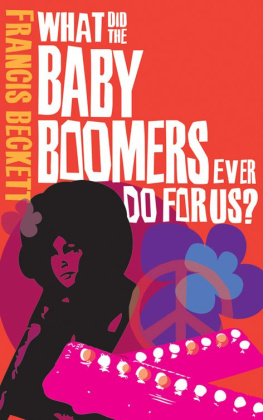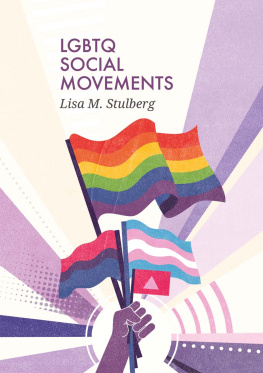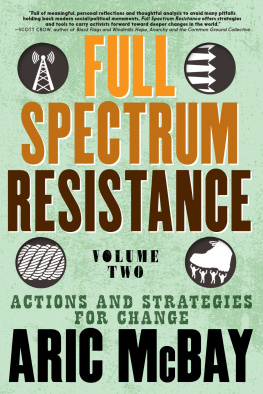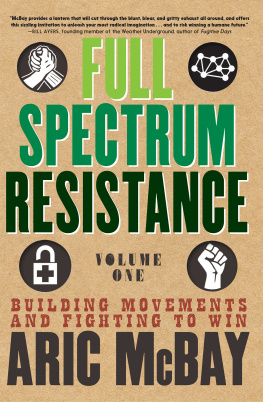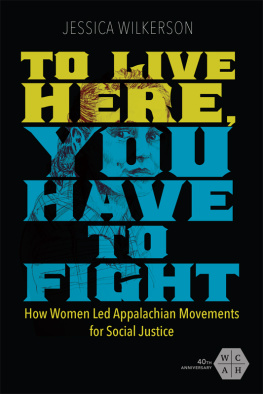Encyclopedia of American Activism
1960 to the Present
Margaret B. DiCanio, Ph.D.
INTRODUCTION
A search for social justice during the 1960s and the 1970s aroused controversy and conflict in streets, classrooms, courtrooms, and families throughout the United States and other Western democracies. Boycotts, marches, protests, demonstrations, and suits against the government called for change. Although the causes and the tactics were not new, the theatrics with which the demands were made was new. As was the presence of media that carried the demands into Americas living rooms.
Also new was the involvement of large numbers of American college students and their faculties. The students brought with them high energy and imagination. Unlike blacks, unionists, veterans, and the poor, who had a history of protest, neither students nor faculty were hampered by fears of losing jobs or homes.
Some historians and the public refer to the events of the 1960s and 1970s as the movement, as if there had been only one movement. There were many movements. They borrowed strategy and tactics from one another, and members often left their work in one movement to lend a hand in another.
The lifestyle of the bohemian beats, which involved frequent sexual encounters, endless traveling, marijuana, mysticism, jazz, and freedom appealed to many young people who felt stifled by the conformity of their parents. They adopted symbols of beat freedomsloppy forms of dress, profanity, and exotic makeup. The beat lifestyle was disseminated by rebels known as hippies, who hoped to spread a message of love, psychedelic drugs, and rock and roll. The dress styles of the hippies were embraced by participants in other movements. Leather jackets and denims gave way to bell-bottom pants, beads, sideburns and beards, and long hair. Many also adopted the hippies casual attitude toward drugs and multiple sex partners. In time, sexual freedom came under fire when women from the New Left questioned why they were welcomed as sex partners but never as leaders and policymakers.
Some movements happened simultaneouslypacifists like James Farmer had been working on both civil rights and antiwar fronts for yearsand some movements took place successively, as with the beats lonely rebellion giving way to the hippies embrace of the world. The nonviolent requests of the civil rights movement were supplanted by Black Power demands. The feminist movements moderates, who reasoned with men, were eclipsed by the demands and strident ridicule of radical womens liberationists. The antiwar movement came in three varietieslifelong pacifists bent on ending all wars; students and veterans appalled and wearied by the Vietnam War; and a mixture of clergy, scientists, and many others terrified by the prospect of nuclear war.
The events of the 1960s had their origins in preceding decades. The fifteen years of the Depression, with its widespread joblessness, followed by World War II and the totalitarian threat of Nazi and Japanese ambitions, left that generation with a feeling that combined caution with a sense of great accomplishment. For the next fifteen years, as Europe and Asia rebuilt themselves, having a job and still being alive were pleasures that focused the attention of many on home, family, and getting ahead. In the United States, the 1950s are often pictured as a decade of passivity and conformity. A myriad of factors dampened dissent.
World War II was widely viewed as a struggle between good and evil. Within months after the end of the war, the Cold War began. The Soviet Union refused to permit democratic elections in the areas of Eastern Europe it had liberated from Nazi Germany and enforced communism as a way of life. Winston Churchill declared in 1946 that an iron curtain was descending across the continent. In 1947, President Harry Truman announced his Truman Doctrine: the United States would grant moral and financial assistance to countries whose political stability was threatened by communism. The United States would defend and rebuild Europe through the Marshall Plan, which would supply allies with economic and military aid. In 1948, Communists seized the government of Czechoslovakia and closed access to Berlin. The United States instituted the Berlin Airlift in response. In Asia, communist forces won the Chinese civil war, and in 1950, a combined force authorized by the United Nations was sent to Korea, with the United States contributing the greatest number of troops.
America was once again at war. The big difference from World War II was that the threat of nuclear war had made America vulnerable. Government leaders and newspaper editorials claimed that the Soviet Union was preparing for a nuclear conquest of the United States. The world became divided into good guys (Americans and noncommunists) and bad guys (all communists). The Truman and Eisenhower administration instituted sweeping inquiries into employee loyalty. From 1947 to 1956, approximately 2,700 federal employees were dismissed. (Some were dismissed because they were perceived as security risks rather than as being actually disloyal.) Another 12,000 resigned rather than be subjected to investigation and dismissal.
The most rigorous advocacy of the search for subversives began in February 1950, when the junior senator from Wisconsin, Joseph McCarthy announced to the Republican womens club of Wheeling, West Virginia: I have in my hand a list of 205 that were known to the secretary of state as being members of the Communist Party and are still making and shaping the policy of the State Department. Congress investigated and declared his charges a hoax and a fraud, But in June 1950, when the North Koreans attacked the South Koreans, no politician wanted to be perceived as soft on communism.
McCarthy launched an era, later named after him, during which no one was safe from suspicion. The Wisconsin senator even denounced the secretary of state, Dean Acheson, as the Great Red Dean and charged those those who wear the label Democrat wear it with the stain of historic betrayal. The search for subversives was relentless. American Communist Party leaders were either fined or jailed. Members had to register with the government, and tourists had to sign a declaration that they were not prostitutes, homosexuals, or communists.
McCarthyism stifled debate. To question public policy entailed a risk of being labeled a communist. Colleges and universities, traditional sites for airing dissenting ideas, joined the rush to protect themselves against subversives. Loyalty oaths were instituted, and refusal to sign became grounds for dismissal. An estimated 600 teachers and professors lost their jobs. Outside speakers were seldom invited to campus, lest they be tainted.
While the far right searched for subversives, spies, and communist infiltration everywhere, the far left often dismissed all suspicions as hysteria. But documents that became available after the fall of the Soviet Union revealed that the Soviet Unions efforts at spying, starting long before World War II, were both more assiduous than many people wanted to believe and generally less effective than American intelligence gathering. In addition, although President Dwight D. Eisenhower, a former general, contributed to the search for subversives in the United States, he also warned against a mindless military buildup. However, a Marxist revolution in Cuba, the Bay of Pigs fiasco, and the Cuban missile crisis buried his warnings under the urge to contain the Soviet threat.
McCarthyism suppressed dissent, but critics of the government and the culture never disappeared entirely, no matter how stifling the social climate became. The beats of the mid-and late 1950s rebelled against the conformity and dropped out to pursue personal and literary rebellion. Among other things, they ridiculed the prudishness of the 1950s. One example is the television show





